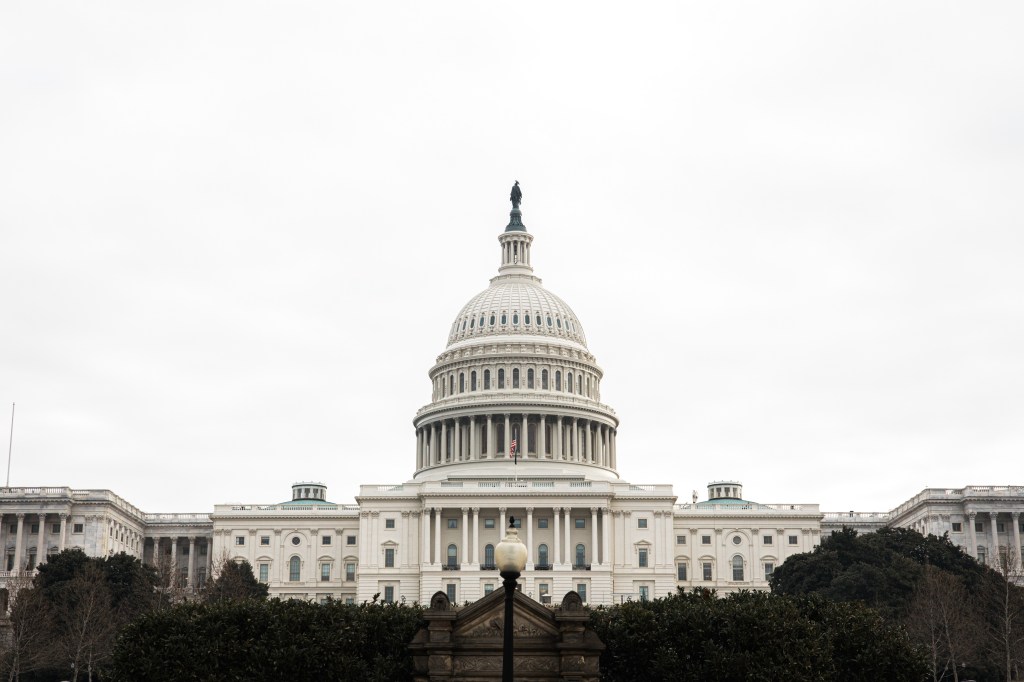RCBAP and Insurance to Value
Insurance professionals should explain the benefits of insuring to 100 percent of the replacement cost on the RCBAP (as well as all type of policies) covering buildings or personal property. The least expensive choice at the time of application may turn out to be the most expensive choice at the time of loss.
AbstractInsurance professionals should explain the benefits of insuring to 100 percent of the replacement cost on the RCBAP (as well as all type of policies) covering buildings or personal property.The least expensive choice at the time of application may turn out to be the most expensive choice at the time of loss. I was recently provided with some interesting data about the Residential Condominium Building Association Policy (RCBAP) relating to insurance to value.The data provided by FEMA revealed these facts:
Why did I find these figures to be of interest?One word: coinsurance! As “condo flood gurus” know, the RCBAP contains a coinsurance provision which requires the association to carry coverage that is at least 80 percent of the replacement cost of the building in order to avoid a coinsurance penalty at the time of a loss.Since the RCBAP declarations page shows both the replacement cost and the amount of building coverage, it’s relatively simple (with a calculator in hand or your high school kid nearby to do math) to determine if the building is properly insured.The maximum coverage under the RCBAP is the replacement cost of the building or $250,000 multiplied by the number of units, whichever is less.Two examples will illustrate proper insurance.
Example #1: Example #2: Impact of Underinsurance The dangers of coinsurance can have a significant impact at the time of a loss.Consider the ten-unit condominium building with a replacement cost of $2 million.The association board, as a cost saving measure, decides to carry only $1 million of coverage.After a flood causes $500,000 in damage, the adjuster applies a coinsurance penalty of 37.5 percent ($187,500) which nets a payment of $312,500 less deductible. If we assume a $1,000 deductible, the difference between the damage of $500,000 and the net recovery from the RCBAB of $311,500 is $188,500.The board would have to assess each unit owner for their fractional share of the shortage.If all the units own the same fractional share, each unit owner would be assessed $18,850.Some of the unit owners might have their own NFIP Dwelling Policy.If the board assessed each unit owner for the shortfall, any individual NFIP Dwelling Policy on this condominium would not respond for this assessment, because assessments for coinsurance penalties imposed by the RCBAP are specifically excluded in the Dwelling Policy. Insuring for Just 80 Percent of Replacement Cost Some association boards (or agents!) might, as a cost saving measure, decide to insure to just 80 percent of the replacement cost and take the position that since there would be no coinsurance penalty, the decision not to insure to 100 percent of the replacement cost is a good decision.There are at least two problems with such a train of thought. First, insuring to just the “bare minimum required” of 80 percent of replacement cost discounts the financial impact of a total loss.While it’s true that there would be no coinsurance penalty in a total loss, the association would suffer a significant financial shortfall of 20 percent of the replacement cost.If unit owners had their own Dwelling Policy that included building coverage (certainly a minority of unit owners would have such policy), then the assessment for the twenty percent would be covered up to the limit of dwelling coverage purchased.Agents should always recommend coverage at 100 percent of the replacement cost shown on the appraisal. The second problem with insuring for just 80 percent of the replacement cost is that the replacement cost could actually turn out to be more than shown on the appraisal and RCBAP declarations page.This could happen for a variety of reasons.For example, the appraiser could have made mistakes in the appraisal by not including items such as the foundation, interior walls, originally installed cabinets, originally installed carpet, or bathroom fixtures. The RCBAP covers these items. Another example illustrating the problem with just insuring to 80 percent is that there could have been an addition to the building that increased the replacement cost.If the RCBAP provides only the minimum coverage of 80 percent, there is no margin of error at the time of the loss and a coinsurance penalty could apply. Lender Requirements For condominium associations that decide to carry just the minimum coverage (80 percent of replacement cost) there is likely a roadblock that will prevent such decision: the lender! Lenders today are typically requiring RCBAP coverage at 100 percent of the replacement cost (up to a maximum of $250,000 per unit) since their regulators can (and do) fine them when coverage is deficient.If a unit owner is obtaining a loan on property located in a Special Flood Hazard Area (SFHA), the lender must require that adequate flood coverage be in place.The most common way that this is done is via the RCBAP.An example will illustrate this concept:
Bill and Sharon buy a condo unit in a ten-unit building located in an SFHA.The lender will request a copy of the RCBAP covering that building.Assuming a ten-unit building with a replacement cost of $2 million, the lender will require $2 million of coverage on the RCBAP.Suppose, for example, that the RCBAP provides only $1.6 million of coverage.While there would be no coinsurance penalty at the time of a loss, there is a $400,000 shortfall.In such situation, the lender can’t close the loan, which creates issues for the seller, the buyer, the board of directors, and the agent writing the RCBAP.The only way to avoid this issue is to write every RCBAP for 100 percent of the RCV, up to $250,000 per unit.If the lender discovers such deficiency after a loan is in place, they will require either that the RCBAP be increased to $2 million or (if the RCBAP is not increased) the unit owner requesting the loan will have to provide their own NFIP policy with $40,000 of building coverage ($400,000 divided by ten units) to the lender. Summary Insurance professionals should explain the benefits of insuring to 100 percent of the replacement cost on the RCBAP (as well as all type of policies) covering buildings or personal property.Doing so provides proper coverage for the insured and avoids the potential for a financially devastating coinsurance penalty.Remember, too, that the least expensive choice at the time of application may turn out to be the most expensive choice at the time of loss.
Last Updated: May 24, 2013 Copyright 2012 by the Florida Association of Insurance Agents. Reprinted with permission. |
Copyright © 2025, Big “I” Virtual University. All rights reserved. No part of this material may be used or reproduced in any manner without the prior written permission from Big “I” Virtual University. For further information, contact nancy.germond@iiaba.net.









